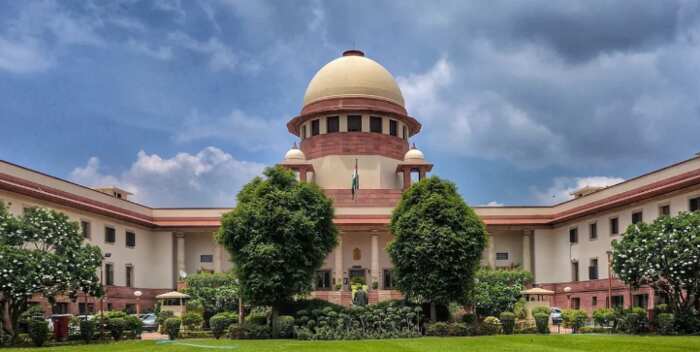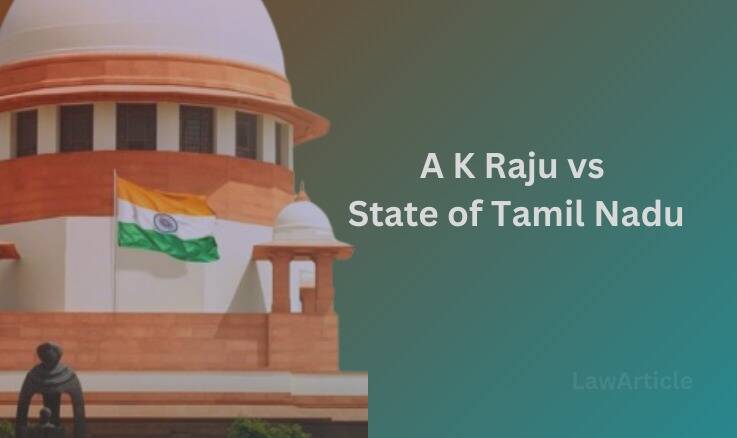Introduction
Caste-based reservation and affirmative action are integral components of India’s social justice framework, aimed at addressing historical injustices and providing opportunities for marginalized communities. These policies have been instrumental in promoting social mobility and ensuring representation in government jobs, educational institutions, and legislatures. This paper explores the distribution of reservations, the emergence of Dalit elites, the concept of the “creamy layer,” and the impact of the Mandal Commission’s recommendations for the Other Backward Classes (OBC). Through a critical examination of these issues, the paper assesses the effectiveness and challenges of caste-based reservation and affirmative action in contemporary India.
The Distribution of Reservations
In the aftermath of Indian independence, the framers of the Constitution recognized the need for affirmative action to uplift historically oppressed communities, particularly the Scheduled Castes (SCs) and Scheduled Tribes (STs). Reservations were introduced in the bureaucracy, universities, and electoral constituencies with the expectation that the rise of Dalit elites would inspire confidence among other members of the community. The underlying rationale for reservations was that the success of a few would act as a catalyst for broader social transformation.
However, historical evidence suggests that the anticipated outcomes were not fully realized. Many SC leaders elected from reserved seats were often co-opted by upper-caste-dominated political parties like the Congress, leading to a dilution of their commitment to advancing Dalit interests. B.R. Ambedkar, a key architect of India’s reservation policy, expressed concerns that the few educated Dalits who benefited from affirmative action were more preoccupied with power struggles within the community than with addressing the needs of the “downtrodden brethren”. This division between Dalit elites and non-elites has led to a scenario where affluent Dalits increasingly identify with upper castes rather than their SC compatriots.
The internal cleavages within the Dalit community are exemplified by the conflict between the Madigas and the “elite” Malas in Andhra Pradesh, who have competed for state resources. This fragmentation underscores the complexity of implementing reservation policies that are intended to promote unity and collective advancement among marginalized groups.
The Rise of the “Creamy Layer”
One of the most contentious issues in the discourse on caste-based reservation is the emergence of a “creamy layer” within the SC and OBC communities. The term “creamy layer” refers to the relatively affluent and well-educated members of these communities who have disproportionately benefited from affirmative action policies over time. Critics argue that the continued access to reservations by the creamy layer undermines the spirit of affirmative action, as it perpetuates inequalities within marginalized communities.
In Tamil Nadu, for instance, certain castes have availed reservations in the bureaucracy since the colonial period, despite many members now holding professional jobs, enjoying urban lifestyles, and being well-versed in English. This phenomenon raises questions about the effectiveness of reservations in achieving social justice for the most disadvantaged sections of society. A potential solution to address these inequities is the introduction of creamy layer exclusions for SCs, similar to the policy already in place for OBCs.
The creamy layer exclusion for OBCs, implemented following the recommendations of the Mandal Commission, aims to prevent the monopolization of reservation benefits by the more affluent sections of the community. This policy could be extended to SCs to ensure that the benefits of affirmative action reach those who are truly in need. However, implementing such exclusions is fraught with challenges, including the difficulty of accurately identifying the creamy layer and the potential for further fragmentation within marginalized communities.
The Mandal Commission and OBC Reservations
The introduction of reservations for OBCs through the Mandal Commission in 1990 marked a significant expansion of affirmative action in India. The OBCs, a diverse collection of castes situated above SCs but below the “twice-born” forward castes, were allocated a 27% quota in government jobs and state-run universities. The Mandal Commission, initially set up in 1978, was tasked with investigating the case for OBC reservations, but its report was shelved by the Congress government upon completion. It was only in 1990, under Prime Minister V.P. Singh, that the recommendations were revived, primarily as a strategy to garner electoral support from backward classes amid the rise of the Hindutva movement.
The Mandal Commission’s recommendations were controversial, with critics accusing the Commission of making arbitrary decisions and inflating demographic figures to justify the case for OBC reservations. The Commission’s reliance on outdated data from the 1931 caste-based national census further fueled the controversy.
Despite the controversies, the implementation of OBC reservations had a profound impact on India’s political landscape. The Mandal recommendations triggered a “second democratic upsurge,” characterized by increased electoral participation among lower castes, particularly in the Hindi Belt. For the first time, OBC MPs began to challenge the dominance of upper-caste MPs in the Lok Sabha. This political awakening among lower castes in northern India contrasted with the earlier assertion of political interests by lower castes in southern and western states, where they had greater numerical strength.
The rise of OBC reservations also highlighted the use of affirmative action as a tool for political mobilization. The Mandal project was not only aimed at improving the socio-economic conditions of OBCs but also at enabling them to find expression through political participation. However, the politicization of reservations has led to concerns about the sustainability of affirmative action as a means of achieving social justice, especially when it is used as an instrument of electoral appeasement.
Challenges and Criticisms of Caste-Based Reservations
While caste-based reservations have played a crucial role in promoting social mobility and representation for marginalized communities, they are not without challenges and criticisms. One of the primary criticisms is that reservations undermine the concept of merit, leading to a perceived erosion of self-reliance among socially disadvantaged groups. Critics argue that reservations create a dependency on state support, which may discourage individuals from striving for self-improvement.
On the other side of the debate, proponents of reservations argue that the very notion of merit is inegalitarian, as it is a social construct rigged against historically deprived groups in India. They contend that merit cannot be divorced from the socio-economic context in which individuals are raised, and that reservations are necessary to level the playing field for those who have been systematically marginalized.
Another significant challenge is the growing demand for reservations from various communities that do not traditionally fall under the SC, ST, or OBC categories. This includes economically disadvantaged sections of forward castes, who argue that economic criteria should also be considered for affirmative action. The introduction of a 10% reservation for economically weaker sections (EWS) in 2019, irrespective of caste, reflects this evolving debate on the scope and criteria for reservations in India.
Moreover, the implementation of reservations has often been marred by inefficiencies and corruption. Instances of “fake” caste certificates, where individuals from non-reserved categories falsely claim SC, ST, or OBC status to avail benefits, have raised concerns about the integrity of the reservation system. Ensuring that reservations reach the intended beneficiaries remains a significant challenge for policymakers.
Conclusion
Caste-based reservation and affirmative action have been central to India’s efforts to address historical injustices and promote social equity. While these policies have undoubtedly facilitated social mobility and representation for marginalized communities, they have also given rise to new challenges, including the emergence of a creamy layer, the politicization of reservations, and debates over merit and economic criteria.
To ensure that the benefits of reservations are equitably distributed and that affirmative action remains a tool for social justice, it is essential to address these challenges through robust policy interventions. This may include refining the criteria for reservations, introducing creamy layer exclusions for SCs, and enhancing the transparency and accountability of the reservation system. Ultimately, the success of caste-based reservations will depend on their ability to adapt to the evolving socio-political landscape while staying true to the principles of equity and social justice.
Also Read:
Rights of undertrial prisoners in India
How To Send A Legal Notice In India











